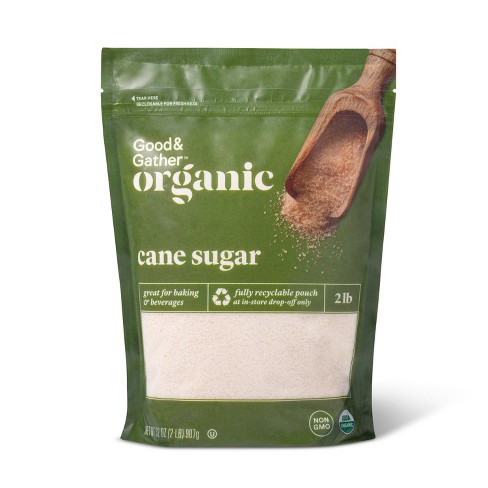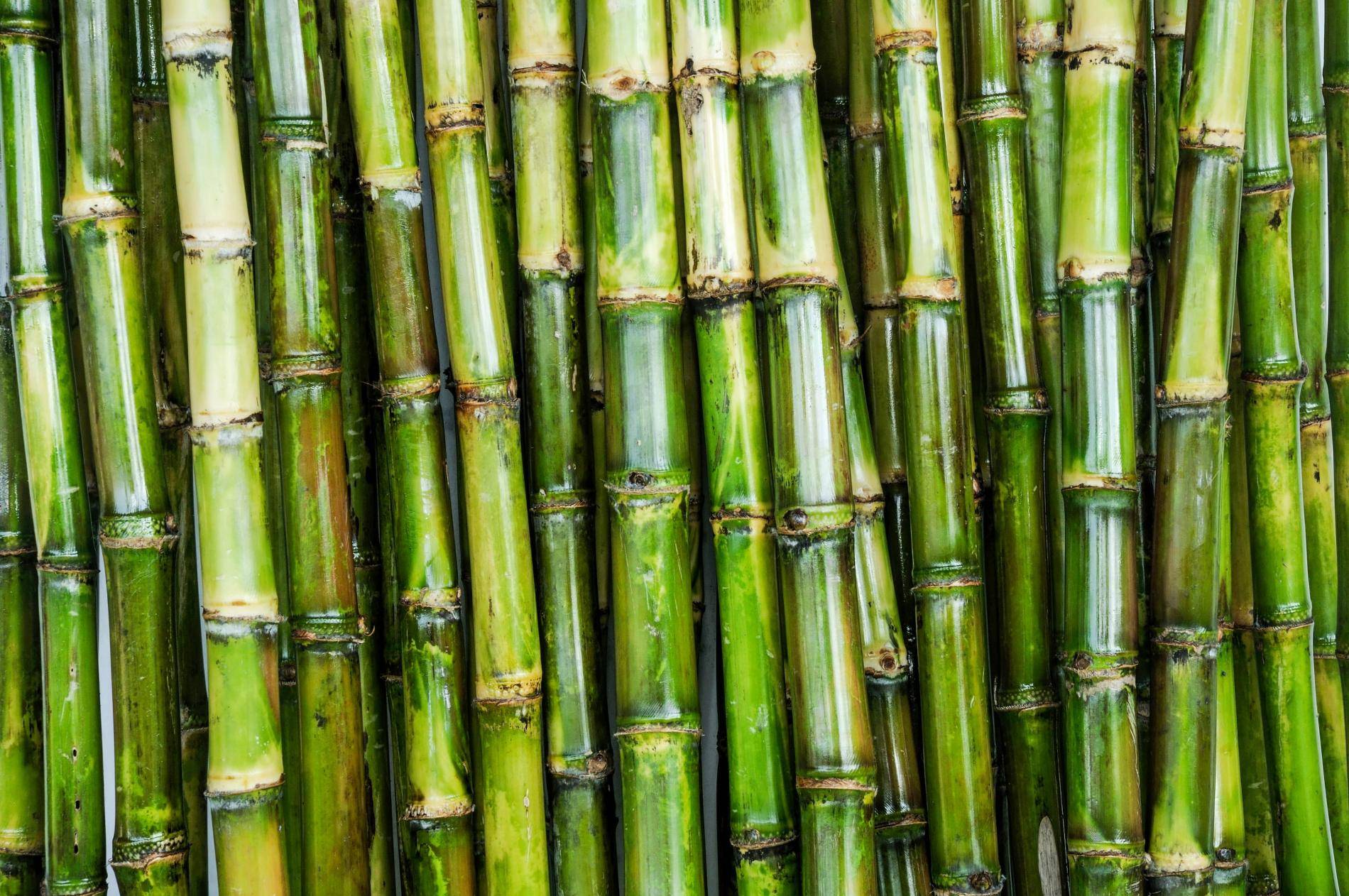Understanding Cane Sugar Processing: A Comprehensive Introduction of the Stages
Understanding Cane Sugar Processing: A Comprehensive Introduction of the Stages
Blog Article
A Comprehensive Overview to the Environmental Impact and Sustainability Practices in Cane Sugar Processing
The environmental impact of cane sugar handling offers an intricate selection of obstacles that warrant mindful examination. From soil degradation and excessive water use to the carbon footprint connected with growing and manufacturing, the repercussions of conventional methods are far-reaching. In contrast, the adoption of cutting-edge sustainability actions provides a pathway toward extra liable manufacturing techniques. Comprehending the interplay between these concerns is important for stakeholders in the market. What particular practices can be applied to strike an equilibrium between productivity and ecological stewardship? The solutions depend on a closer consider both the obstacles and prospective services.
Overview of Walking Stick Sugar Handling
Walking stick sugar handling involves a collection of systematic actions that transform sugarcane right into refined sugar. At first, harvested sugarcane is carried to refining centers, where it goes through cleansing to remove dirt and particles. Following this, the walking stick is squashed to extract juice, which is after that made clear by eliminating contaminations through home heating and the addition of lime.
The cleared up juice undertakes evaporation, where water is removed to concentrate the sugar content. This focused syrup is after that crystallized with air conditioning, permitting sugar crystals to form. These crystals are divided from the continuing to be syrup using centrifugation, causing raw sugar. To accomplish polished sugar, the raw item undergoes additional filtration procedures, which might include filtering system and cleaning to eliminate staying contaminations and shade.
The end product is then dried and packaged for distribution. Throughout this entire procedure, preserving performance and quality assurance is vital to make certain the sugar fulfills sector criteria. Each action in walking stick sugar handling not just contributes to the end product however likewise has ramifications for resource use and waste generation, setting the phase for conversations on sustainability and ecological impacts connected with sugar production.
Ecological Obstacles of Production
The manufacturing of walking stick sugar provides a number of considerable ecological challenges that warrant interest. One main issue is the comprehensive use of agrochemicals, including plant foods and chemicals, which can lead to dirt destruction, biodiversity loss, and contamination of regional water sources. The overflow from sugarcane fields usually brings these chemicals into nearby ecosystems, disrupting marine life and impacting the health of areas reliant on these water bodies.
An additional obstacle is the high energy intake related to sugarcane processing. The boiling and refining phases need substantial warmth, mostly generated by shedding nonrenewable fuel sources, adding to greenhouse gas emissions. In addition, the extensive acreage needed for sugarcane cultivation can bring about deforestation and environment devastation, additional exacerbating environment change and harmful wild animals.
Additionally, the labor practices in some areas raise honest issues, as workers might face bad working problems and insufficient incomes. This circumstance often continues a cycle of destitution in neighborhood neighborhoods. Cane Sugar Processing. Resolving these environmental obstacles is essential for establishing more sustainable techniques in cane sugar production, inevitably profiting both the environment and the neighborhoods entailed in this industry
Water and Land Use Effect
Water sources and land usage are essential components in the walking stick sugar industry that dramatically impact the atmosphere. The growing of sugarcane calls for substantial water input, with estimates suggesting that it can take in approximately 2,000 litres of water per kg of sugar created. This intensive use of water commonly results in exhaustion of neighborhood water sources, influencing not only the sugarcane vineyards however additionally bordering ecosystems and communities that depend on the exact same water resources for farming and residential usage.

In addition, land use for sugarcane farming can lead to logging and the conversion of all-natural habitats right into monoculture haciendas. This method reduces biodiversity, disrupts regional ecological communities, and contributes to dirt degradation. The growth of sugarcane areas often elbows in on valuable farming land, producing competition for sources between food and biofuel manufacturing.
Lasting methods, such as enhancing watering methods and implementing plant turning, are important to mitigate these effects. By taking on extra efficient water usage and land administration strategies, the cane sugar market can minimize its eco-friendly impact, ensuring a balance between agricultural efficiency and environmental preservation.
Greenhouse Gas Emissions
Greenhouse gas emissions represent a significant environmental worry within the walking stick sugar handling market, especially as farming methods broaden to satisfy worldwide need. The cultivation of sugarcane, a crop that flourishes in tropical environments, Visit Website counts greatly on artificial plant foods and pesticides, which contribute to nitrous oxide emissions. Furthermore, land-use modifications, including deforestation for new sugarcane plantations, launch co2 saved in plants and soil.
Throughout handling, energy consumption is an additional major source of greenhouse gas exhausts - Cane Sugar Processing. Lots of sugar mills utilize nonrenewable fuel sources to power equipment and generate warmth, leading to considerable carbon footprints. Furthermore, the transport of raw sugarcane and completed items includes layers of emissions via fuel burning in cars
The cumulative impact of these emissions aggravates environment change, posturing dangers not just to the atmosphere yet likewise to the lasting feasibility of the industry. Stakeholders need to recognize the urgent demand for thorough techniques that resolve these discharges. This entails assessing existing agricultural methods, refining methods, and transport systems to recognize areas for renovation and mitigation. Addressing greenhouse gas discharges is crucial for fostering a much more lasting cane sugar market in a transforming climate.

Sustainable Practices and Innovations
Lasting techniques and developments are progressively crucial in the walking cane sugar processing market as stakeholders seek to reduce ecological impacts while preserving efficiency. One considerable innovation is the implementation of integrated plant management, which enhances source use by incorporating soil monitoring, pest control, and crop rotation techniques. This technique improves return while decreasing chemical inputs and see this page maintaining soil wellness.
Additionally, the adoption of renewable power sources, such as biomass from sugarcane deposits, has obtained grip - Cane Sugar Processing. By converting waste items right into energy, processing centers can decrease their dependence on fossil fuels, thereby lowering greenhouse gas exhausts
Water administration techniques have actually likewise seen renovations through the recycling and reusing of water in processing plants, considerably decreasing freshwater consumption. Developments in innovation, such as precision agriculture, allow farmers to keep an eye on plant health and wellness and source usage more successfully, ensuring sustainable cultivation techniques.
Moreover, certification programs like Fair Profession and Rain forest Partnership urge ecologically liable farming techniques and promote social equity within the supply chain. By embracing these sustainable methods and technologies, the cane sugar processing market can improve its durability and contribute positively to ecological stewardship.
Conclusion
The ecological effect of walking stick sugar processing provides significant obstacles, consisting of soil destruction, high water intake, and greenhouse gas emissions, together with ethical concerns connected to labor techniques. Attending to these problems via sustainable methods, such as incorporated plant monitoring, renewable resource fostering, and water recycling, is essential. By advertising socially equitable and ecologically liable techniques in sugar production, the market can mitigate its negative results, making sure a more sustainable future for both areas and communities involved in this market.
Cane sugar handling involves a collection of methodical actions that change sugarcane right into polished sugar. Each action in cane sugar processing not just adds to the final product however additionally has ramifications for resource use and waste generation, establishing the phase for conversations on sustainability and environmental impacts connected with sugar production.
Greenhouse gas exhausts represent a significant ecological concern within the cane sugar processing market, particularly their explanation as farming practices increase to satisfy international need.Lasting practices and technologies are significantly important in the cane sugar handling market as stakeholders seek to minimize environmental influences while preserving efficiency.The environmental effect of walking stick sugar handling offers substantial difficulties, including dirt deterioration, high water consumption, and greenhouse gas emissions, together with moral concerns connected to labor techniques.
Report this page